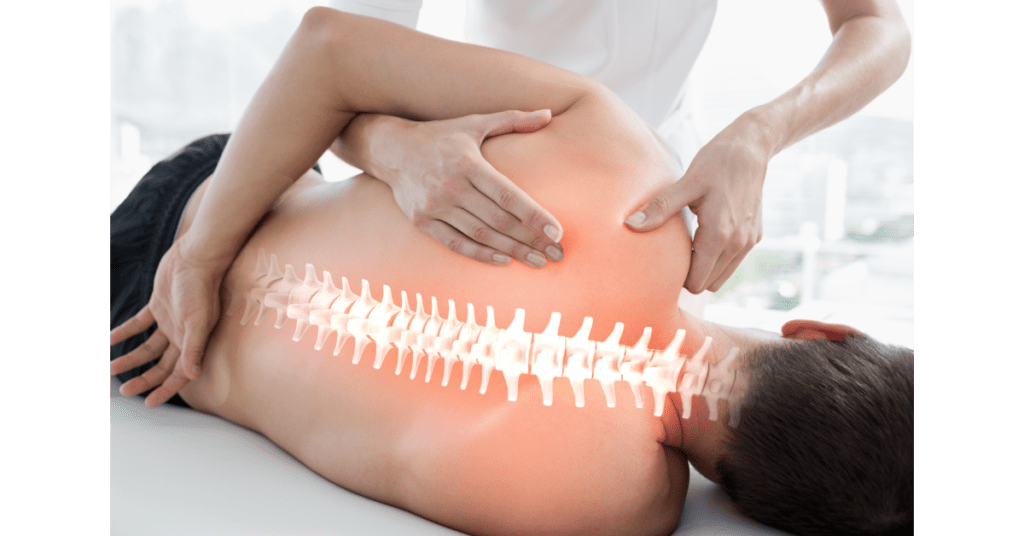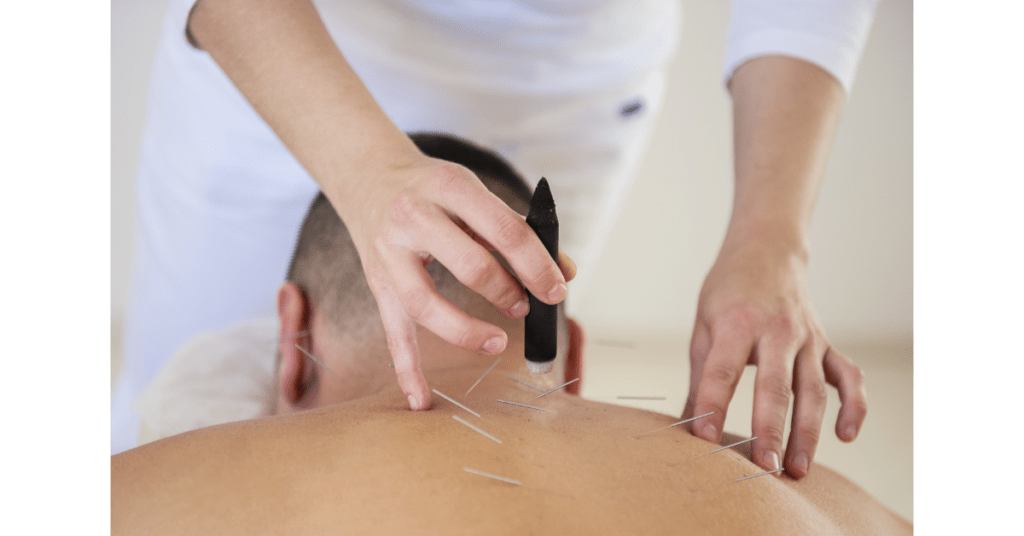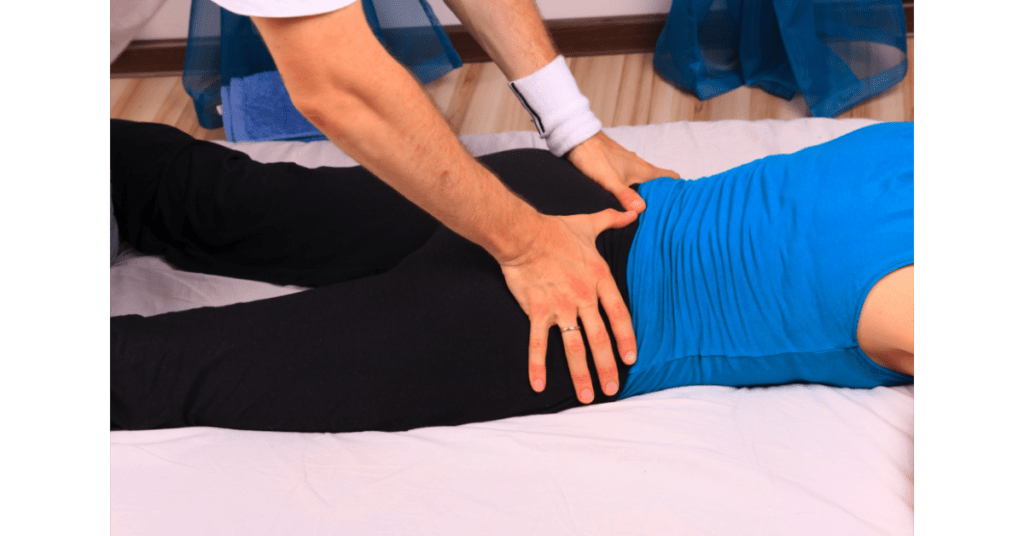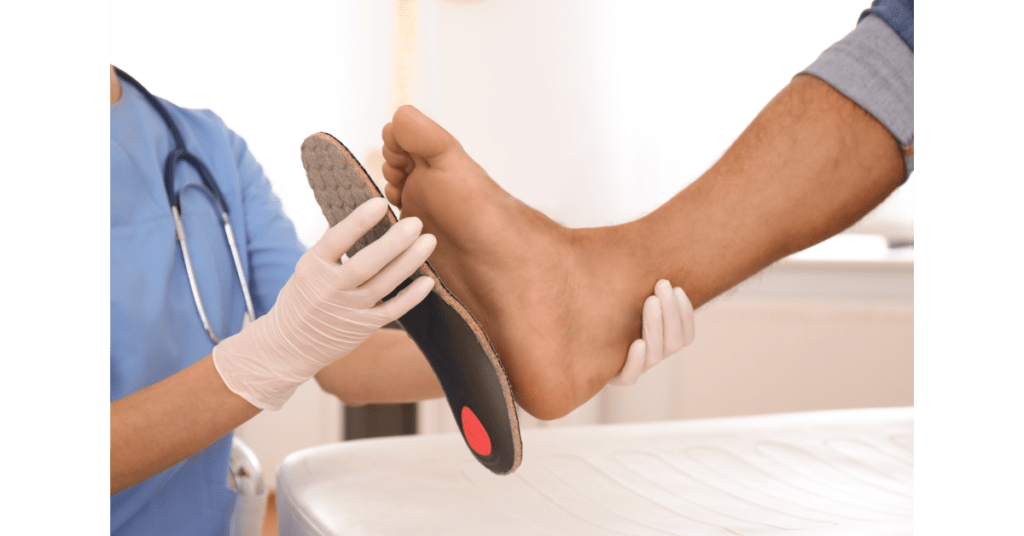What is Facet Joint Osteoarthritis?
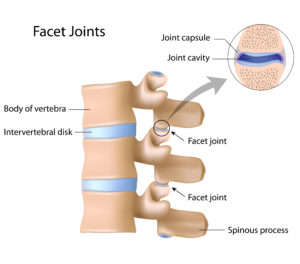
The spine consists of a series of boney knobs that run down the spine, called the ‘spinous process’, and form part of the vertebrae. A facet joint connects each vertebra together on either side of each spinous process. These facet joints have a lining that is smooth and rubbery, called cartilage, and separate the vertebra. They allow the smooth and painless movement of the spine. Facet joint osteoarthritis (OA) is a type of spinal osteoarthritis and a common cause of back pain. It occurs when the layer of cartilage breaks down and wears away, leading to bone rubbing on bone. In serious cases of facet joint OA, the painful bone spurs called osteophytes get formed in place of the cartilage. Facet joint OA can develop by itself, or together with certain other degenerative conditions, like spinal stenosis or degenerative disc disease.
What causes Facet Joint Osteoarthritis?
Although the cause of arthritis is not known, there are several risk factors that can cause arthritis. Obesity, injury, family history, age and gender, repetitive strain, and a sedentary lifestyle are some of them. Women are more prone to the disease and can develop rheumatoid arthritis or osteoarthritis while men are more prone to develop gout. Again increasing age, being overweight, a previous injury to a joint, or a repetitive strain to a joint, and a sedentary lifestyle can also cause arthritis.
What are the signs and symptoms of Facet Joint Osteoarthritis?
Pain, redness, swelling, or stiffness, particularly in the morning or after a period of resting, a restricted range of movements are common symptoms of arthritis. Are you concerned about symptoms of facet joint osteoarthritis?
Consult a physiotherapist at 3630 Lawrence Ave E, Scarborough, ON M1G 1P6, or at 200 Marycroft Ave, Unit #6, Woodbridge, ON, L4L 5X9
and book an assessment right now.
How is Facet Joint Osteoarthritis treated?
Medications, physiotherapy, and surgery are the usual treatments for facet joint OA. Many medications have serious side effects, and surgery is considered the last option. Treatment includes administering glucosamine supplements and physiotherapy. Glucosamine is found in the fluid around the joints and is critical to building cartilage. Medications consist of painkillers, like Acetaminophen and Ibuprofen, which are available over-the-counter, and topical medications are gels, sprays, creams, or patches. Non-steroidal anti-inflammatory drugs (NSAIDs) can lead to serious side effects and steroid injections (given to reduce swelling) or hyaluronic acid injections (given for lubrication of the facet joint), cannot be given for prolonged periods. If other less invasive treatments do not work, surgery may be required. Physiotherapy is very important for rehabilitation.
Physiotherapy for Facet Joint Osteoarthritis is a non-surgical and drug-free treatment that helps in easing pain. The main purpose of physiotherapy is to prevent the disease from progressing, alleviate the pain, and regain strength. It also helps in increasing joint function, mobility, and quality of life. Physiotherapy facet joint OA depends on individual requirements and includes a range of exercises, education, and therapies. Exercises include stretching, strengthening, and range of movement exercises, stability and endurance exercises, functional retraining, and activity modification. Bracing and orthotics are to provide support and absorb the shock. Postural and ergonomic education, in addition to patient education, provide relaxation and coping strategies. Pain-relieving therapies that are cross-disciplinary include therapies such as Interferential current therapy (IFC) or TENS therapy, Therapeutic ultrasound, Heat and cold therapy, Manual Therapy, Hydrotherapy, Massage therapy, Occupational therapy, Chiropractic, and Acupuncture. At our clinic we have notice by using Simply Align Technique which includes advance physical modalities, activity modification and specific exercises we have faster, longer lasting results with reduced healing time. In video below you can see treatment of patient with lower back and facet arthritis,
If you are concerned about facet joint arthritis, contact a physiotherapist today. Book an assessment at 3630 Lawrence Ave E, Scarborough, ON M1G 1P6 or at 200 Marycroft Ave, Unit #6, Woodbridge, ON, L4L 5X9 now.
Can Facet Joint Osteoarthritis go away?
No, facet joint osteoarthritis cannot go away on its own. However, with proper treatment facet joint osteoarthritis can be managed effectively and its progression delayed. Treatment includes making modifications in daily living by reducing activities that put stress on the low back, such as lifting and bending or carrying heavy things.
Can You Prevent Facet Joint Osteoarthritis?
Yes, facet joint osteoarthritis can be prevented. Regular exercises, particularly stretching like yoga and tai chi for 30 minutes a day, avoiding refined and processed foods and sugar, and following a non-inflammatory diet can help in preventing or at least reducing the chance of developing facet joint osteoarthritis. It is also important to maintain a healthy weight and to practice correct posture.

